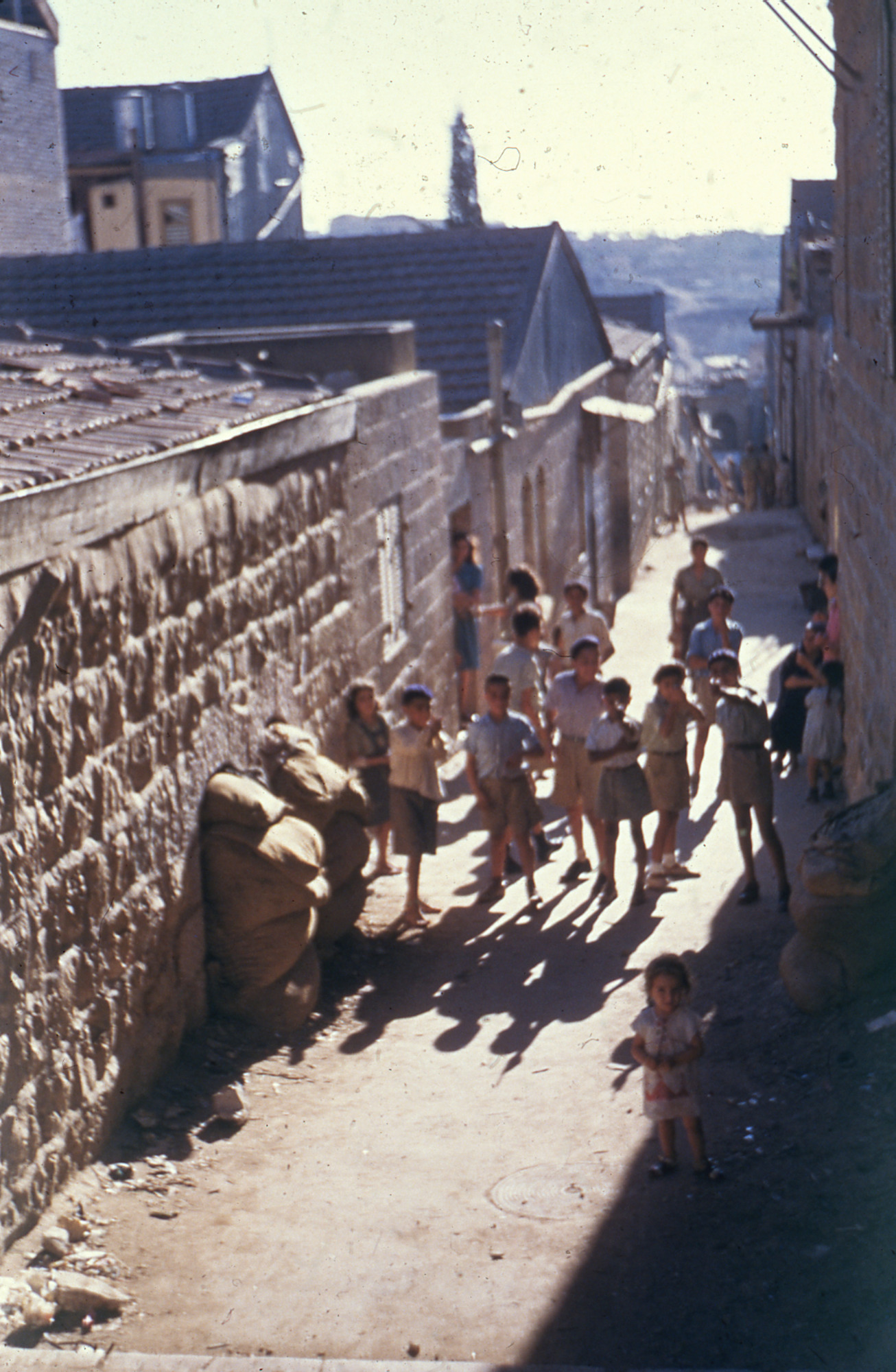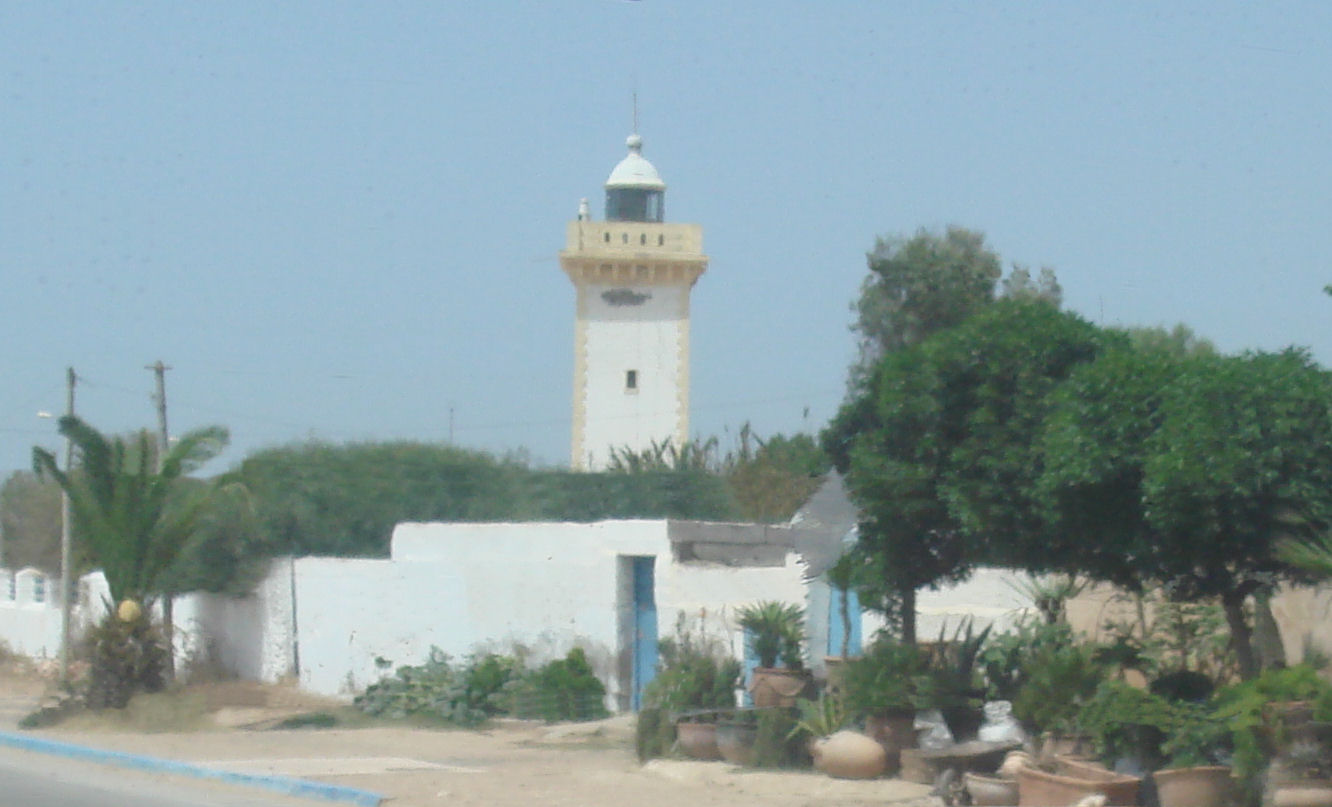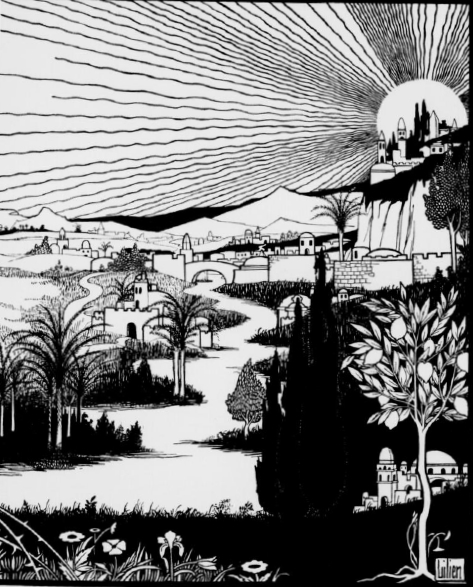|
Baqashot
The ''baqashot'' (or ''bakashot'', he, שירת הבקשות) are a collection of supplications, songs, and prayers that have been sung by the Sephardic Syrian, Moroccan, and Turkish Jewish communities for centuries each week on Shabbat mornings from the early hours of the morning until dawn. They are usually recited during the weeks of winter, from the Jewish festival of Sukkot through Purim, when the nights are much longer. The ''baqashot'' services can last for three to four hours. The Ades Synagogue in Jerusalem is the center of the Syrian practice today, and communities in Ashdod and Montreal are the center of the Moroccan practice. History The custom of singing ''baqashot'' originated in Spain towards the time of the expulsion, but took on increased momentum in the Kabbalistic circle in Safed in the 16th century. ''Baqashot'' probably evolved out of the tradition of saying petitionary prayers before dawn and was spread from Safed by the followers of Isaac Luria (16th ... [...More Info...] [...Related Items...] OR: [Wikipedia] [Google] [Baidu] |
Ades Synagogue
The Ades Synagogue, ( he, בית הכנסת עדס), also known as the Great Synagogue Ades of the Glorious Aleppo Community, located in Jerusalem's Nachlaot neighborhood, was established by Syrian immigrants in 1901. It is considered to be the center of Syrian Hazzanut in Israel. Origins At turn of the 20th century, many members of Syria's Jewish community had emigrated to escape the economic downturn which followed the decline of the Ottoman Empire. While many settled in England, the United States or Latin America, some families moved to the Holy Land. Most community members were laborers, shopkeepers or merchants. After some time, the synagogue was officially established in 1901 by a community of Jews from Aleppo, Syria. It is named after two cousins who financed the building: Ovadiah Josiah Ades and Yosef Isaac Ades. Yosef Ades was a wealthy man with connections in the Ottoman administration and a member of the City Council of Jerusalem. The new synagogue was designed as a ... [...More Info...] [...Related Items...] OR: [Wikipedia] [Google] [Baidu] |
Sephardi Jews
Sephardic (or Sephardi) Jews (, ; lad, Djudíos Sefardíes), also ''Sepharadim'' , Modern Hebrew: ''Sfaradim'', Tiberian: Səp̄āraddîm, also , ''Ye'hude Sepharad'', lit. "The Jews of Spain", es, Judíos sefardíes (or ), pt, Judeus sefarditas or Hispanic Jews, are a Jewish diaspora population associated with the Iberian Peninsula. The term, which is derived from the Hebrew ''Sepharad'' (), can also refer to the Mizrahi Jews of Western Asia and North Africa, who were also influenced by Sephardic law and customs. Many Iberian Jewish exiles also later sought refuge in Mizrahi Jewish communities, resulting in integration with those communities. The Jewish communities of the Iberian Peninsula prospered for centuries under the Muslim reign of Al-Andalus following the Umayyad conquest of Hispania, but their fortunes began to decline with the Christian ''Reconquista'' campaign to retake Spain. In 1492, the Alhambra Decree by the Catholic Monarchs of Spain called for the expulsi ... [...More Info...] [...Related Items...] OR: [Wikipedia] [Google] [Baidu] |
Makam
The Turkish makam ( Turkish: ''makam'' pl. ''makamlar''; from the Arabic word ) is a system of melody types used in Turkish classical music and Turkish folk music. It provides a complex set of rules for composing and performance. Each makam specifies a unique intervalic structure (''cinsler'' meaning genera) and melodic development (''seyir''). Whether a fixed composition (''beste'', ''şarkı'', ''peşrev'', ''âyin'', etc.) or a spontaneous composition (''gazel'', ''taksim'', recitation of ''Kuran-ı Kerim'', ''Mevlid'', etc.), all attempt to follow the melody type. The rhythmic counterpart of makam in Turkish music is usul. Comparison in use in Turkish classical to folk music Turkish Classical Music and Turkish Folk Music are both based on modal systems. Makam is the name of the scale in classical music, while Ayak is the name of the scale in folk music. Makam and Ayak are similar; following are some examples: Yahyalı Kerem Ayağı : Hüseyni Makamı Garip Ayağı : Hicaz ... [...More Info...] [...Related Items...] OR: [Wikipedia] [Google] [Baidu] |
Nachlaot
Nachlaot ( he, נחלאות, also ''Naḥlaʾoth'') is a cluster of 23 courtyard neighborhoods in central Jerusalem surrounding the Mahane Yehuda Market. It is known for its narrow, winding lanes, old-style housing, hidden courtyards and many small synagogues. Neighborhoods in Nachlaot (plural of ''nachala'', lit. "homestead") include Batei Broide, Batei Goral, Batei Minsk, Batei Munkacs, Batei Rand, Bet Ya'acov, Even Yisrael (neighborhood), Even Yisrael (built in 1875 it is the oldest of the group), Knesset Yisrael, Mahane Yehuda (neighborhood), Mahane Yehuda, Mazkeret Moshe, Mishkenot Yisrael, Nahalat Ahim, Nahalat Zion, Neve Bezalel, Neve Shalom (Jerusalem), Neve Shalom, Ohel Moshe (Jerusalem), Ohel Moshe, Shevet Ahim, Sukkat Shalom, Shevet Zedek, Sukkat Shalom, Zikhron Tuvya, Zikhron Ya'acov, and Zikhron Yosef. Name ''Nahala'', plural ''nahlaot'' (with different ways of transliterating/spelling it), is a Hebrew word for either heritage or estate. File:NahlaotJerusalemNov1120 ... [...More Info...] [...Related Items...] OR: [Wikipedia] [Google] [Baidu] |
Marrakesh
Marrakesh or Marrakech ( or ; ar, مراكش, murrākuš, ; ber, ⵎⵕⵕⴰⴽⵛ, translit=mṛṛakc}) is the fourth largest city in the Kingdom of Morocco. It is one of the four Imperial cities of Morocco and is the capital of the Marrakesh-Safi region. The city is situated west of the foothills of the Atlas Mountains. Marrakesh is southwest of Tangier, southwest of the Moroccan capital of Rabat, south of Casablanca, and northeast of Agadir. The region has been inhabited by Berber farmers since Neolithic times. The city was founded in 1070 by Emir Abu Bakr ibn Umar as the imperial capital of the Almoravid Empire. The Almoravids established the first major structures in the city and shaped its layout for centuries to come. The red walls of the city, built by Ali ibn Yusuf in 1122–1123, and various buildings constructed in red sandstone afterwards, have given the city the nickname of the "Red City" ( ''Almadinat alhamra) or "Ochre City" (). Marrakesh grew rapidly an ... [...More Info...] [...Related Items...] OR: [Wikipedia] [Google] [Baidu] |
Essaouira
Essaouira ( ; ar, الصويرة, aṣ-Ṣawīra; shi, ⵜⴰⵚⵚⵓⵔⵜ, Taṣṣort, formerly ''Amegdul''), known until the 1960s as Mogador, is a port city in the western Moroccan region of Marakesh-Safi, on the Atlantic coast. It has 77,966 inhabitants as of 2014. The foundation of the city of Essaouira was the work of the Moroccan 'Alawid sultan Mohammed bin Abdallah, who made an original experiment by entrusting it to several renowned architects in 1760, in particular Théodore Cornut and Ahmed al-Inglizi, who designed the city using French captives from the failed French expedition to Larache in 1765, and with the mission of building a city adapted to the needs of foreign merchants. Once built, it continued to grow and experienced a golden age and exceptional development, becoming the country's most important commercial port but also its diplomatic capital between the end of the 18th century and the first half of the 19th century. Name and etymology The nam ... [...More Info...] [...Related Items...] OR: [Wikipedia] [Google] [Baidu] |
Judeo-Arabic
Judeo-Arabic dialects (, ; ; ) are ethnolects formerly spoken by Jews throughout the Arabic-speaking world. Under the ISO 639 international standard for language codes, Judeo-Arabic is classified as a macrolanguage under the code jrb, encompassing four languages: Judeo-Moroccan Arabic (aju), Judeo-Yemeni Arabic (jye), Judeo-Iraqi Arabic (yhd), and Judeo-Tripolitanian Arabic (yud). ''Judeo-Arabic'' can also refer to Classical Arabic written in the Hebrew script, particularly in the Middle Ages. Many significant Jewish works, including a number of religious writings by Saadia Gaon, Maimonides and Judah Halevi, were originally written in Judeo-Arabic, as this was the primary vernacular language of their authors. Characteristics The Arabic spoken by Jewish communities in the Arab world differed slightly from the Arabic of their non-Jewish neighbours. These differences were partly due to the incorporation of some words from Hebrew and other languages and partly geographical, ... [...More Info...] [...Related Items...] OR: [Wikipedia] [Google] [Baidu] |
Zion
Zion ( he, צִיּוֹן ''Ṣīyyōn'', LXX , also variously transliterated ''Sion'', ''Tzion'', ''Tsion'', ''Tsiyyon'') is a placename in the Hebrew Bible used as a synonym for Jerusalem as well as for the Land of Israel as a whole (see Names of Jerusalem). The name is found in 2 Samuel (5:7), one of the books of the Hebrew Bible dated to before or close to the mid-6th century BCE. It originally referred to a specific hill in Jerusalem ( Mount Zion), located to the south of Mount Moriah (the Temple Mount). According to the narrative of 2 Samuel 5, Mount Zion held the Jebusite fortress of the same name that was conquered by David and was renamed the City of David. That specific hill ("mount") is one of the many squat hills that form Jerusalem, which also includes Mount Moriah (the Temple Mount), the Mount of Olives, etc. Over many centuries, until as recently as the Ottoman era, the city walls of Jerusalem were rebuilt many times in new locations, so that the particular hill ... [...More Info...] [...Related Items...] OR: [Wikipedia] [Google] [Baidu] |
Weekly Torah Portion
It is a custom among religious Jewish communities for a weekly Torah portion to be read during Jewish prayer services on Monday, Thursday, and Saturday. The full name, ''Parashat HaShavua'' ( he, פָּרָשַׁת הַשָּׁבוּעַ), is popularly abbreviated to ''parashah'' (also ''parshah'' or parsha), and is also known as a Seder (Bible), Sidra or Sedra . The ''parashah'' is a section of the Torah (Five Books of Moses) used in Jewish liturgy during a particular week. There are 54 parshas, or ''parashiyot'' in Hebrew, and the full cycle is read over the course of one Jewish year. Content and number Each Torah portion consists of two to six chapters to be read during the week. There are 54 weekly portions or ''parashot''. Torah reading mostly follows an annual cycle beginning and ending on the Jewish holiday of Simchat Torah, with the divisions corresponding to the lunisolar calendar, lunisolar Hebrew calendar, which contains up to 55 weeks, the exact number varying betwe ... [...More Info...] [...Related Items...] OR: [Wikipedia] [Google] [Baidu] |
David Ben Hassin
David ben Aaron ben Ḥassin (, , in French sources David Hassine) (1727–1792) is considered to have been one of the greatest Jewish Moroccan poets and one of the best-known figures of Jewish liturgic poetry. His ''piyyutim'' (poems) were spread through the Sephardic world. He travelled to various communities in Morocco and also to Gibraltar, where his poems were well received. He is the author of ''Tehila le David (Song of David),'' a collection of liturgic poems and elegies which have inspired many Moroccan singers, and of ''Mekoman chel zebahim'' ("Place of Sacrifices"), a versification of the slaughter rituals practiced in the ancient Temple in Jerusalem. Some of his poems include his name in acrostic. Moses Edrehi Moses ben Isaac Edrehi (; –) Moroccan-born cabalist and teacher of modern and Oriental languages. He resided mainly in Amsterdam and in England. Biography Moses Edrehi was born to a Moroccan Jewish family in Agadir. At an early age, when the J ... (1855) re ... [...More Info...] [...Related Items...] OR: [Wikipedia] [Google] [Baidu] |
Israel Najara
Israel (; he, יִשְׂרָאֵל, ; ar, إِسْرَائِيل, ), officially the State of Israel ( he, מְדִינַת יִשְׂרָאֵל, label=none, translit=Medīnat Yīsrāʾēl; ), is a country in Western Asia. It is situated on the Eastern Mediterranean, southeastern shore of the Mediterranean Sea and the northern shore of the Red Sea, and Borders of Israel, shares borders with Lebanon to the north, Syria to the northeast, Jordan to the east, and Egypt to the southwest. Israel also is bordered by the Palestinian territories of the West Bank and the Gaza Strip to the east and west, respectively. Tel Aviv is the Economy of Israel, economic and Science and technology in Israel, technological center of the country, while its seat of government is in its proclaimed capital of Jerusalem, although Status of Jerusalem, Israeli sovereignty over East Jerusalem is unrecognized internationally. The land held by present-day Israel witnessed some of the earliest human occup ... [...More Info...] [...Related Items...] OR: [Wikipedia] [Google] [Baidu] |
Yehuda Halevi
Judah Halevi (also Yehuda Halevi or ha-Levi; he, יהודה הלוי and Judah ben Shmuel Halevi ; ar, يهوذا اللاوي ''Yahuḏa al-Lāwī''; 1075 – 1141) was a Spanish Jewish physician, poet and philosopher. He was born in Spain, either in Toledo or Tudela, in 1075 or 1086, and died shortly after arriving in the Holy Land in 1141, at that point the Crusader Kingdom of Jerusalem. Halevi is considered one of the greatest Hebrew poets, celebrated both for his religious and secular poems, many of which appear in present-day liturgy. His greatest philosophical work was the '' Sefer ha-Kuzari''. Biography Convention suggests that Judah ben Shmuel Halevi was born in Toledo, Spain in 1075. He often described himself as coming from Christian territory. Alfonso the Battler conquered Tudela in 1119; Toledo was conquered by Alfonso VI from the Muslims in Halevi's childhood (1086). As a youth, he seems to have gone to Granada, the main centre of Jewish literary and intel ... [...More Info...] [...Related Items...] OR: [Wikipedia] [Google] [Baidu] |




